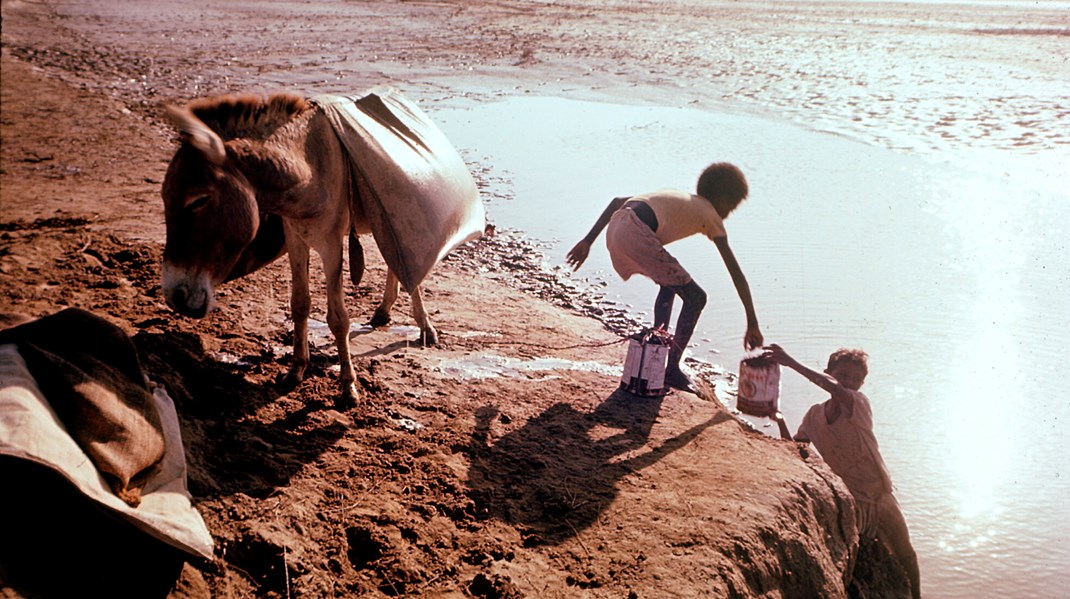IFRC launches emergency appeal to assist drought victims in Guatemala
This Emergency Appeal seeks a total of 2,037,059 Swiss francs (CHF) to enable the International Federation of Red Cross and Red Crescent Societies (IFRC) to support the Guatemalan Red Cross (GRC) to deliver assistance and support to some drought affected 12,000 people (2,000 families), with a focus on food security, livelihoods, nutrition, and water, sanitation and hygiene promotion. The planned response reflects the current situation and information available at this point of the evolving operation, and will be adjusted based on further developments and more detailed assessments.
The disaster and the Red Cross Red Crescent response to date
Mid-2015 to early 2016: The ongoing El Niño phenomenon worsens existing drought conditions, affecting 110,000 families in Guatemala’s dry corridor.
4 November 2015: CHF 245,273 allocated from the IFRC’s Disaster Relief Emergency Fund (DREF) to support the execution of assessments and the delivery of assistance.
5 January 2016: Emergency Appeal launched for CHF 2,037,059 to reach 12,000 vulnerable people (2,000 families).
The operational strategy Needs assessment and beneficiary selection:
- Food Security and Livelihoods:
The 2015 drought caused extensive crop loss, with families reporting crop losses of 50 per cent and more. In addition to the drought, families use inadequate planting, harvesting and soil conservation practices. Due to the crop losses, corn and bean crops in particular, it is estimated that only 35 per cent of families will still have some limited food reserves by May 2016, while 64.8 per cent will have exhausted their reserves by April 2016. If weather forecasts for 2016 come to pass and no adequate technical assistance is provided, agricultural production will not improve and families will suffer drought effects for the third year in a row.
In total, 64 per cent of families in Chiché and Patzité municipalities stated that agricultural activities are their main source of income; 93.4 per cent of surveyed households engage in agriculture and other livelihoods include occasional non-agricultural activities such as trade, house work, wage labour, self-employment, support from relatives and the manufacturing of textiles. After the drought, the number of families that reported that their main source of income was "agricultural activities" dropped by almost 20 per cent, and the number who claimed that their income came mainly from the "sale of agricultural production" dropped by 6.6 per cent.
Health and Nutrition:
Due to the changes in food consumption, there is an increased risk of acute malnutrition in children less than five years of age. In order to identify these cases and provide timely assistance, a screening of the nutritional status of children between the ages of 6 and 60 months was conducted in November 2015, using average midupper arm circumference measurements and the World Health Programme (WHO)'s new growth curve standard as established in the Sphere Manual.Water, sanitation and hygiene promotion:
In general, families expressed that water sources have remained the same despite the drought affecting the region. It is estimated that nearly 45 per cent of families have drinking water delivered over the public network (28.8 per cent inside the home and 15.8 per cent to basins); however, 22 per cent still get their water from rivers and springs. Only one of the households surveyed has an irrigation system to ensure adequate crop growth.
Beneficiary selection: Response actions will be conducted in 15 communities in the municipality of Chiché and in 2 communities in Patzité. At the request of local Ministry of Public Health and Social Welfare authorities, these communities were selected based on the food insecurity predicted for October to December 2015, through coordination with the Quiche Area Directorate and the districts of Patzité and Chiché districts and results from the rapid assessment and the operational capacity of the Guatemalan Red Cross.
Families will be selected/prioritized based on the following criteria:
Families for which 60 per cent of livelihoods depend on corn crops
Households with total or partial crop loss (bean and corn)
Households led by single mothers
Households made up of many family members
Households with elderly dependents
Households with children under five and/or pregnant women
Households with disabled members
Families with acutely malnourished children


